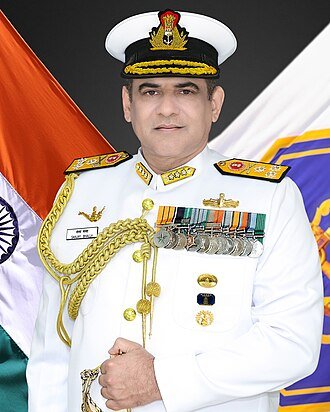The militaries of India and China are implementing the resolutions to end the standoff in eastern Ladakh in a “comprehensive and effective manner”, the Chinese Defence Ministry has said. Ready to work jointly for peace We are ready to work…

The militaries of India and China are implementing the resolutions to end the standoff in eastern Ladakh in a “comprehensive and effective manner”, the Chinese Defence Ministry has said.
Ready to work jointly for peace
We are ready to work with the Indian side to jointly preserve the peace and tranquillity in the border areas. Senior Col Wu Qian, chinese defence ministry spokesperson
“At present, the Chinese and Indian militaries are implementing the resolutions related to the border areas in a compressive and effective manner,” Chinese Defence Ministry spokesperson Senior Col Wu Qian said at a media briefing on Thursday, replying to a question on the status of the normalisation of the situation in eastern Ladakh sector.
“We are ready to work with the Indian side to jointly preserve the peace and tranquillity in the border areas,” he said.
India and China completed the disengagement process late last year after firming up a pact for withdrawal of troops from Depsang and Demchok, the last two friction points in eastern Ladakh ending over four years of freeze in ties.
After finalisation of the pact, PM Modi and Chinese President Xi Jinping held talks in Kazan in Russia on October 23. In the meeting, the two sides decided to revive the various dialogue mechanisms.
National Security Adviser Ajit Doval and Chinese Foreign Minister Wang Yi later held the 23rd Special Representative (SR) dialogue in Beijing on December 18 last year.
On January 26, Foreign Secretary Vikram Misri travelled to the Chinese capital and held talks with his Chinese counterpart Sun Weidong under the framework of ‘Foreign Secretary-Vice Minister’ mechanism.











_System_L&T.jpg)




























































